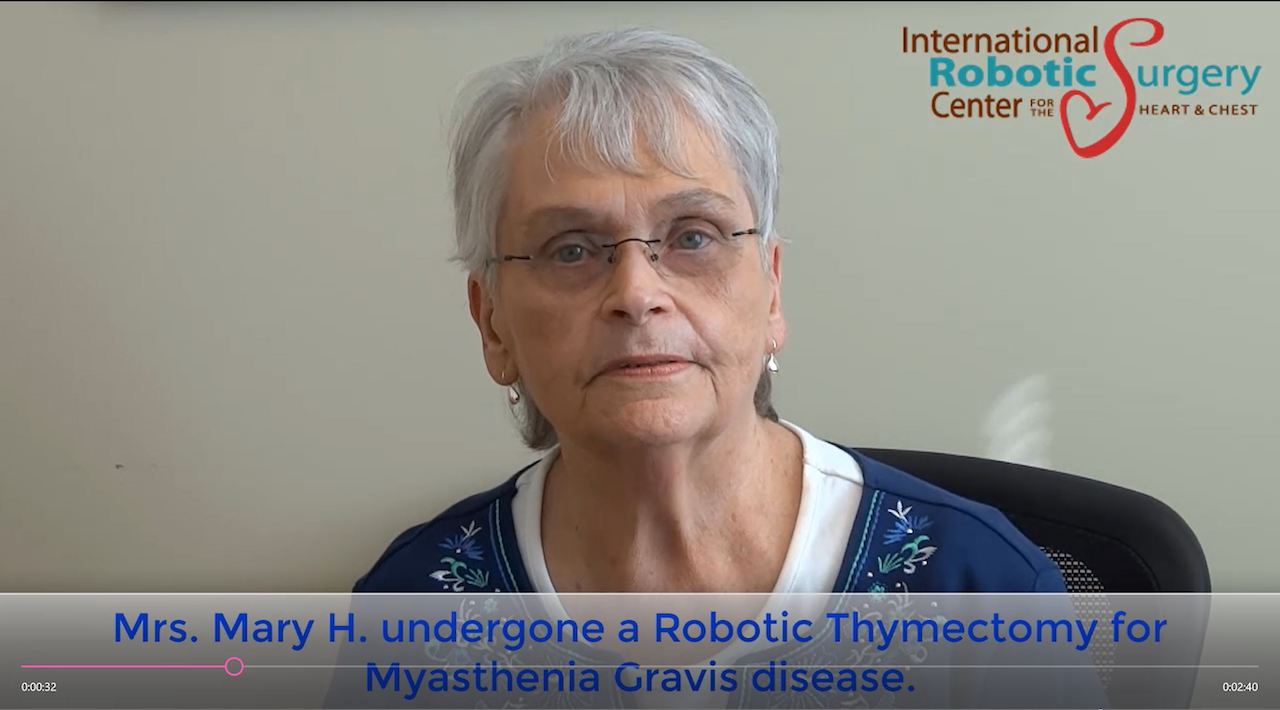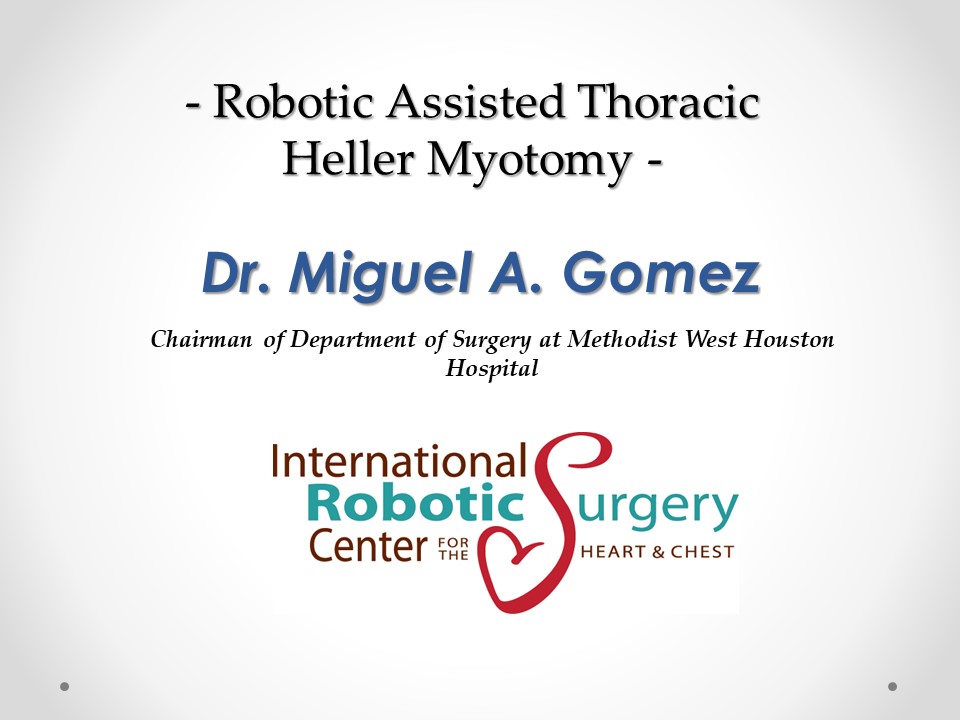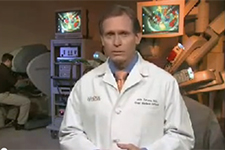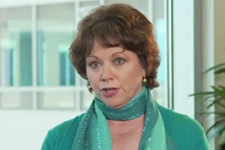Procedure Images
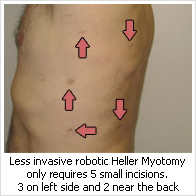
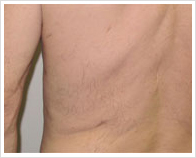
Watch Video
Make an Appointment
Find Out if you qualify for Robotic Surgery. Schedule an assessment.
Methodist West Houston Hospital 18400 Katy Freeway, Suite 480 Medical Office Building 1 Houston, Texas 77094
Phone: 832.260.0500
Fax: 832.260.0488
Robotic Heller Myotomy – Achalasia
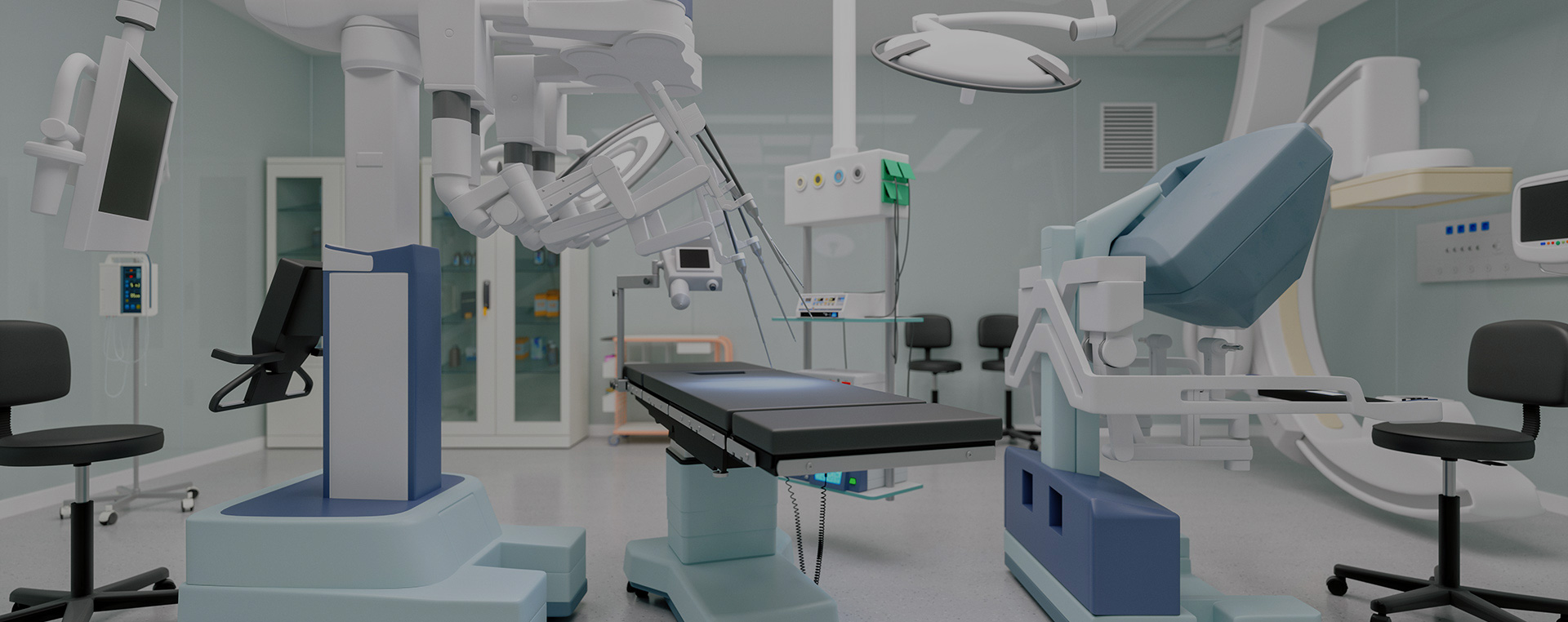
Esophageal Heller Myotomy (esophagomyotomy) for Achalasia
Anyone who has lived with achalasia, a rare digestive disorder, knows it’s uncomfortable, inconvenient and it can take over your life.
Under normal conditions, when you swallow, the esophagus pushes the food or liquids down. At the bottom of your esophagus, a muscle called the esophageal sphincter, relaxes, letting the food and liquids pass into your stomach. With achalasia, the esophagus stops working properly and the esophageal sphincter fails to relax.
The more common form, primary achalasia, is caused by a loss of neurons responsible for contractions and relaxation of the esophagus.
Secondary achalasia happens with diseases, such as diabetes mellitus and certain kinds of cancer. Since the esophageal structure can’t function properly, food and liquids can remain trapped in the esophagus, causing discomfort and reflux.
The standard treatment for achalasia is a laparoscopic Heller myotomy. To perform this procedure, a surgeon divides the muscles of the esophagus and stomach. This surgery almost always succeeds, but 5-to-10 percent of the time, use of the laparoscopic tool can result in tearing of the esophagus, and another surgery must be performed to repair it.
At The International Robotic Surgery Center for the Heart and Chest, experienced robotic cardiothoracic surgeon and founder, Dr. Miguel Gomez, performs robotic Heller myotomy, a far more precise procedure aided with the use of a robotic device. With robotic Heller myotomy, esophageal perforation (tears in the esophagus) are reduced to zero percent, partly because robotic tools allow for greater precision than laparoscopic ones. Robotic Heller myotomies result in fewer tears, less chance of infection and much faster recovery.
If you or someone you love needs surgery to correct achalasia, contact us to learn about this extremely safe, state-of-the-art surgery to correct it.

